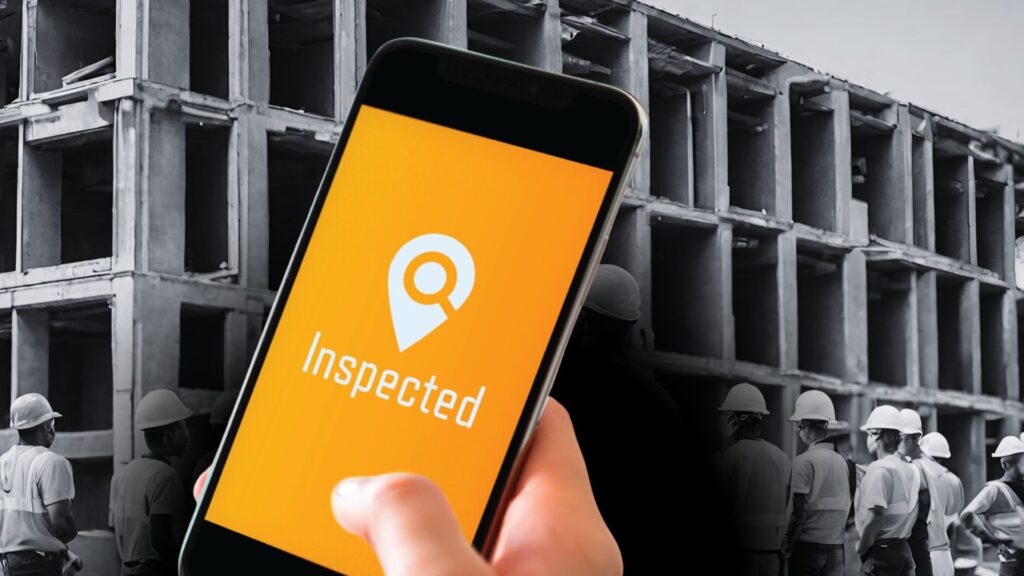Cincinnati’s plan to boost its building inspector ranks has tough challenges, including a significant staff shortage, training gaps, and a need for more diversity and scalable solutions.

The city’s innovative approach to training, inspired by models like police and fire academies, aims to fill this void.
Yet, questions linger about the program’s ability to thoroughly prepare recruits for their diverse challenges.
This raises concerns about its long-term viability and effectiveness in addressing the pressing need for qualified building inspectors. The Cincinnati experience applies to all cities across the United States.
Our team goes deeper into these challenges and highlights how private providers fill these gaps for municipalities.
Workforce Shortage
- Gap: Significant shortfall in the number of building inspectors, with the department operating at two-thirds capacity.
- Concern: The existing workforce may be overburdened, potentially affecting the quality and speed of building inspections.
- Inspected Solution: Private Providers can mitigate the workforce shortage by providing a platform that allows for remote inspections, expanding the capacity of existing inspectors to handle more inspections efficiently without needing physical presence at every site. This technology can enable inspectors to conduct multiple inspections in a fraction of the time it would take to travel between sites, effectively addressing the workforce shortfall.
Training Effectiveness
- Gap: The new pilot program’s effectiveness in thoroughly preparing participants for the complexities of building inspection.
- Concern: Hands-on training at construction sites might only cover some scenarios inspectors face.
- Inspected Solution: Inspected offers a comprehensive digital platform that includes a variety of real-world scenarios, leveraging digital solutions and other advanced technologies. This approach can supplement hands-on training by exposing trainees to various situations and challenges, enhancing their preparedness for the field. Access to advanced reporting and analytics allows trainees to identify trends and areas for improvement.
Diversity and Inclusion
- Gap: The program aims to diversify the field, but specific strategies and targets are not detailed.
- Concern: The program risks falling short of diversity goals without clear metrics and strategies.
- Inspected Solution: Inspected contributes to diversity and inclusion by democratizing access to the inspection field through its online training and access to data trends. By removing geographical and logistical barriers, Inspected opens up opportunities for a broader range of candidates, including those from underrepresented groups.
Experience Requirements
- Gap: Changes in state requirements allow people with less experience to qualify for training, potentially lowering entry standards.
- Concern: New inspectors might need more critical experience, impacting their ability to identify complex issues during inspections.
- Inspected Solution: Inspected’s platform can address this concern by offering advanced simulation tools and a vast library of case studies, allowing new inspectors to gain virtual experience with complex scenarios. This bridges the gap between theoretical knowledge and practical expertise, elevating the overall competency of inspectors.
Program Scalability and Replication
- Gap: While the pilot is deemed successful, scaling the program to accommodate more trainees or replicating it in other cities poses challenges.
- Concern: Resources, funding, and stakeholder buy-in may vary significantly across different regions, affecting scalability.
- Inspected Solution: Inspected’s platform’s cloud-based nature makes it inherently scalable and replicable across regions without the need for significant additional resources. This scalability facilitates the program’s adoption in other cities, addressing the concerns of replicability and resource allocation.
- Retention and Career Development
- Gap: Information on post-training career paths, ongoing professional development, and retention strategies must be provided.
- Concern: Without clear career progression and development opportunities, retaining newly trained inspectors can be challenging for the city.
- Inspected Solution: Inspected can offer continuous professional development through its platform, with regular updates to training materials, knowledge base, and opportunities for specialization. This approach fosters career growth and development, which can improve retention among building inspectors.
- Impact Measurement
- Gap: There are no details on how the program’s success and its impact on the city’s inspection capacity will be measured.
- Concern: With clear metrics for success, it may be easier to justify the continuation or expansion of the program.
- Inspected Solution: Inspected’s platform can provide detailed analytics and reporting capabilities, enabling organizations to measure the program’s impact quantitatively. These metrics can include the number of inspections conducted, time saved per inspection, and inspector performance, offering clear insights into the program’s effectiveness.
- Public Awareness and Engagement
- Gap: The level of public awareness and engagement with the building inspection process and the importance of this work.
- Concern: Insufficient public understanding of building inspection’s role may lead to undervaluing inspectors’ work and contributions to public safety.
- Inspected Solution: Inspected launches public awareness campaigns leveraging digital platforms to highlight the importance of building inspections and the role of inspectors in ensuring public safety. By showcasing real-world scenarios and the impact of thorough inspections, Inspected can enhance public understanding and appreciation of this critical work.
In the world of building inspections, private providers are quickly becoming game-changers.
In fact, many municipal inspectors are moving to the private sector, attracted by the chance to work with more dynamic and solution-oriented teams.
For us in the private sphere, it’s about more than just filling a gap—it’s about reshaping the industry. We’re here to offer contractors and homeowners something better, faster, and more reliable.
This shift towards #PrivateProviders is more than a trend; it’s a sign of the industry evolving, making room for innovation and efficiency at every level.